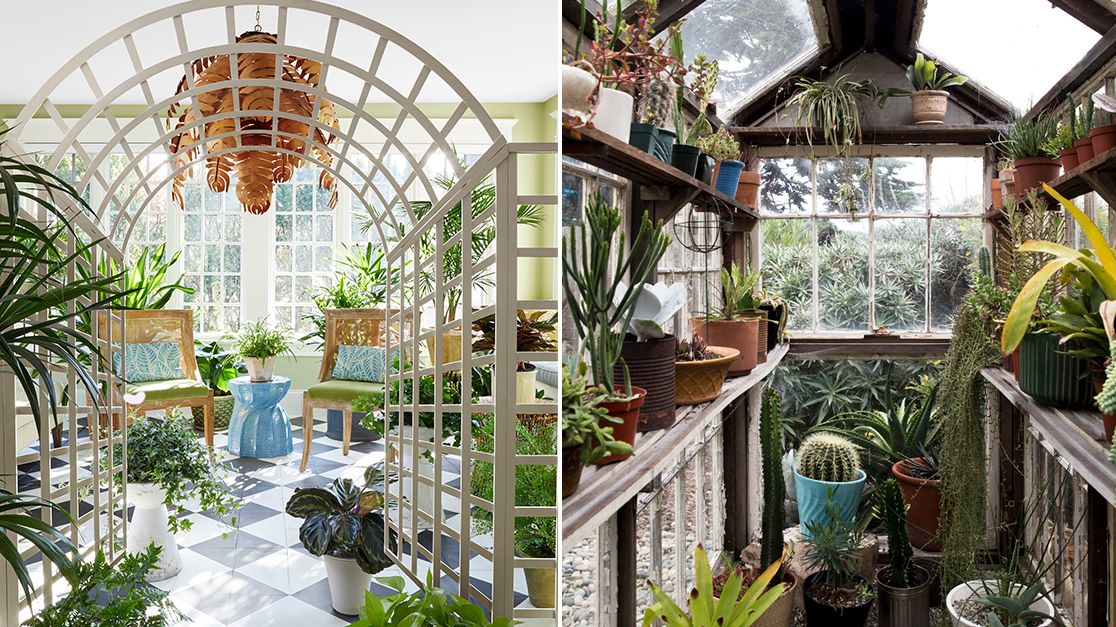Greenhouse Layout: Producing an Eco-Friendly Growing Room
Find out just how to make a greenhouse that makes best use of natural light, conserves water, and integrates renewable energy sources. By picking sustainable products and implementing energy-efficient heating and cooling systems, you can produce a greenhouse that is both environmentally mindful and productive.
Choosing Lasting Products
When creating your environment-friendly greenhouse, prioritize sustainability by meticulously picking products that are environmentally-friendly and promote power effectiveness. One of one of the most vital aspects of producing an environment-friendly greenhouse is picking lasting products. By opting for materials that have a marginal influence on the setting, you can minimize your carbon footprint and add to an extra sustainable future.
Begin by considering the materials utilized for the structure of your greenhouse. Additionally, take into consideration utilizing materials that have a high thermal mass, such as rock or concrete, as they can help manage the temperature inside the greenhouse, decreasing the requirement for excessive home heating or cooling.
One more vital element to take into consideration is the glazing material for your greenhouse. Select products that give exceptional insulation buildings, such as dual- or triple-pane glass or polycarbonate panels. These materials can assist catch warmth inside the greenhouse, lowering the quantity of power required for home heating during colder months.
Moreover, when selecting products for the interior of your greenhouse, go with lasting alternatives such as bamboo or redeemed wood for shelving and benches. These products are not only long lasting yet additionally advertise the responsible use of resources.
Optimizing Natural Light
To take full advantage of all-natural light in your eco-friendly greenhouse, prioritize the strategic placement of skylights and home windows to enhance sunlight direct exposure throughout the day. When determining on the placement of home windows, take into consideration the path of the sun throughout the day and how it will certainly influence the various areas of your greenhouse.
Skylights are another reliable means to optimize natural light. They allow sunlight to enter from above, giving an added resource of light for your plants. When setting up skylights, consider their dimension and setting. Larger skylights will permit much more light to get in, but see to it they are not also huge that they trigger too much warmth or glare. Placement them in areas where they can provide direct sunshine to your plants without casting shadows on other areas.
Executing Energy-Efficient Cooling And Heating Equipments
To additionally boost the energy effectiveness of your environment-friendly greenhouse, consider implementing energy-efficient home heating and cooling systems. These systems play a vital function in preserving ideal temperature level and humidity levels for your plants, while minimizing power intake and minimizing your greenhouse's carbon impact.
For cooling, take into consideration implementing a combination of all-natural ventilation and energy-efficient cooling systems. Natural ventilation can be accomplished through making use of vents, home windows, and sidewall curtains. This permits the exchange of fresh air and assists control the temperature inside the greenhouse. To additionally enhance cooling, consider mounting energy-efficient cooling systems such as evaporative cooling pads or misting systems. These systems utilize less energy compared to typical a/c units and can efficiently lower you could look here the temperature level inside the greenhouse (Monarch Decorative Greenhouse Utah).
Water Conservation Techniques
To better improve the power effectiveness of your eco-friendly greenhouse and proceed decreasing its environmental influence, it is very important to execute effective water preservation techniques. Water is a priceless source, and with the ideal methods, you can minimize your greenhouse's water consumption while still offering optimal problems for your plants.
One means to conserve water is by making use of a drip irrigation system. Furthermore, mounting a rain harvesting system can assist store and catch rain for later use in your greenhouse.
An additional strategy is to mulch your plants. Adding a layer of organic product around the base of durva grass your plants assists keep dampness in the dirt, lowering the need for frequent watering. Furthermore, think about utilizing a water-efficient potting mix that retains dampness while still giving ample drainage.
Finally, monitor your greenhouse's water use routinely. By monitoring just how much water you are making use of, you can identify areas for renovation and make needed adjustments.
Incorporating Renewable Power Sources

Final Thought
In final thought, by implementing sustainable materials, maximizing all-natural light, making use of energy-efficient heating and cooling down systems, exercising water preservation strategies, and integrating renewable resource sources, you can produce a green greenhouse design. This will certainly not just profit the setting but additionally scotts lawn spreader advertise sustainable and healthy plant development. So, go in advance and make a favorable effect on the earth deliberately an eco-friendly expanding area.
When making your environment-friendly greenhouse, prioritize sustainability by meticulously picking materials that are environmentally-friendly and promote power performance. These products can assist catch warm inside the greenhouse, lowering the quantity of energy needed for home heating throughout chillier months.
These systems make use of much less power contrasted to conventional air conditioning units and can effectively reduce the temperature level inside the greenhouse.
You can incorporate eco-friendly power resources into your greenhouse design to make it more eco-friendly and sustainable.In final thought, by carrying out lasting products, taking full advantage of natural light, making use of energy-efficient heating and cooling systems, practicing water conservation strategies, and including renewable energy resources, you can produce an environmentally friendly greenhouse style.